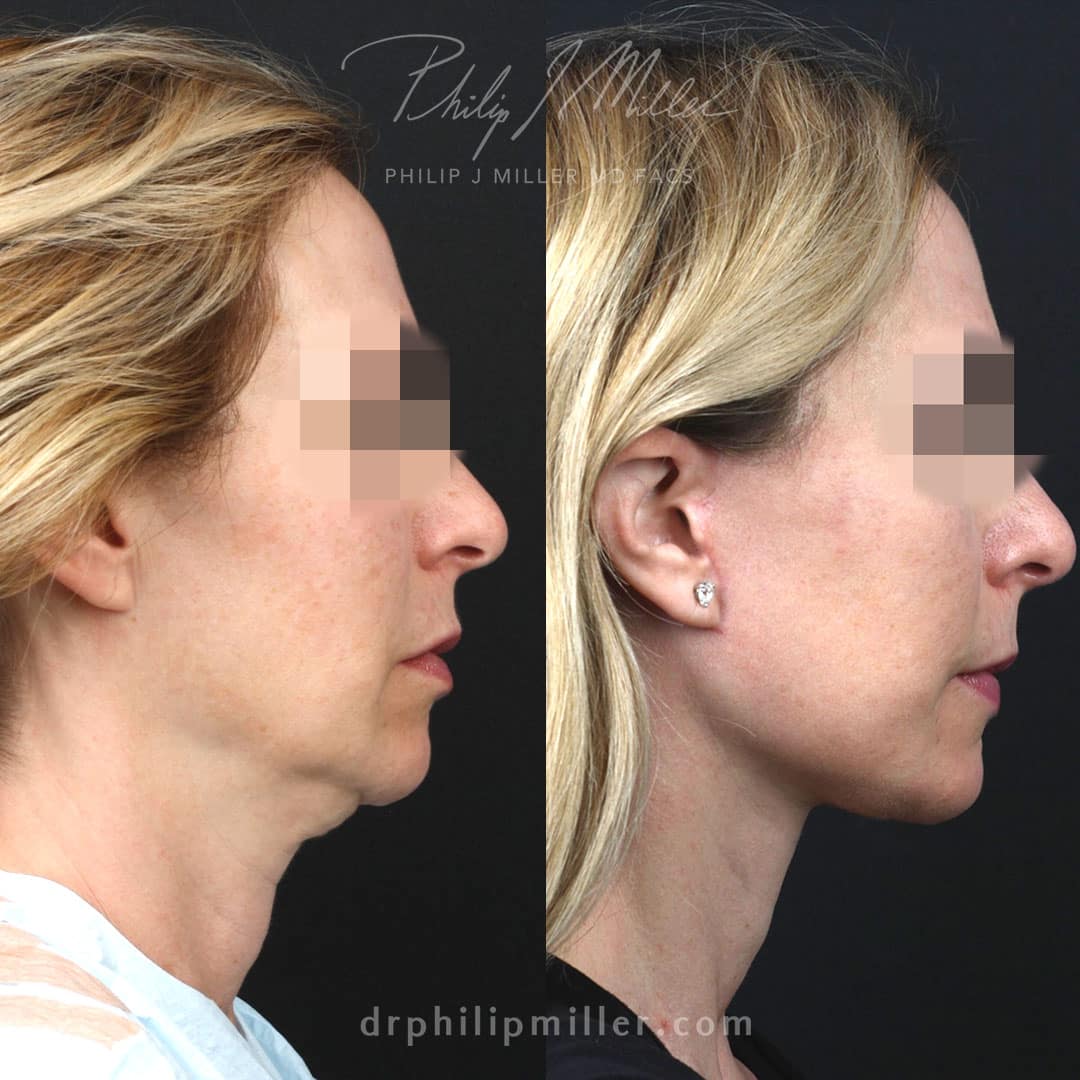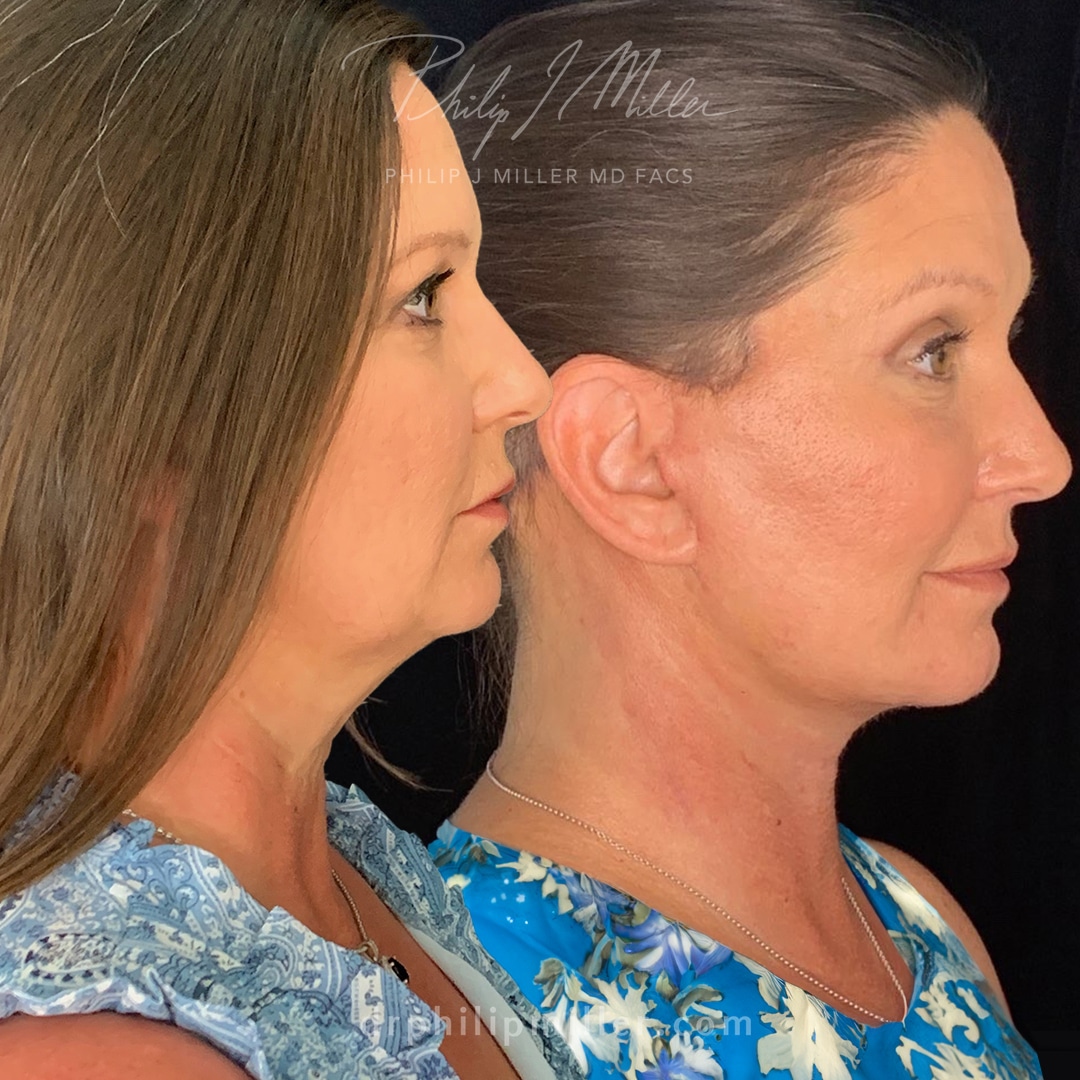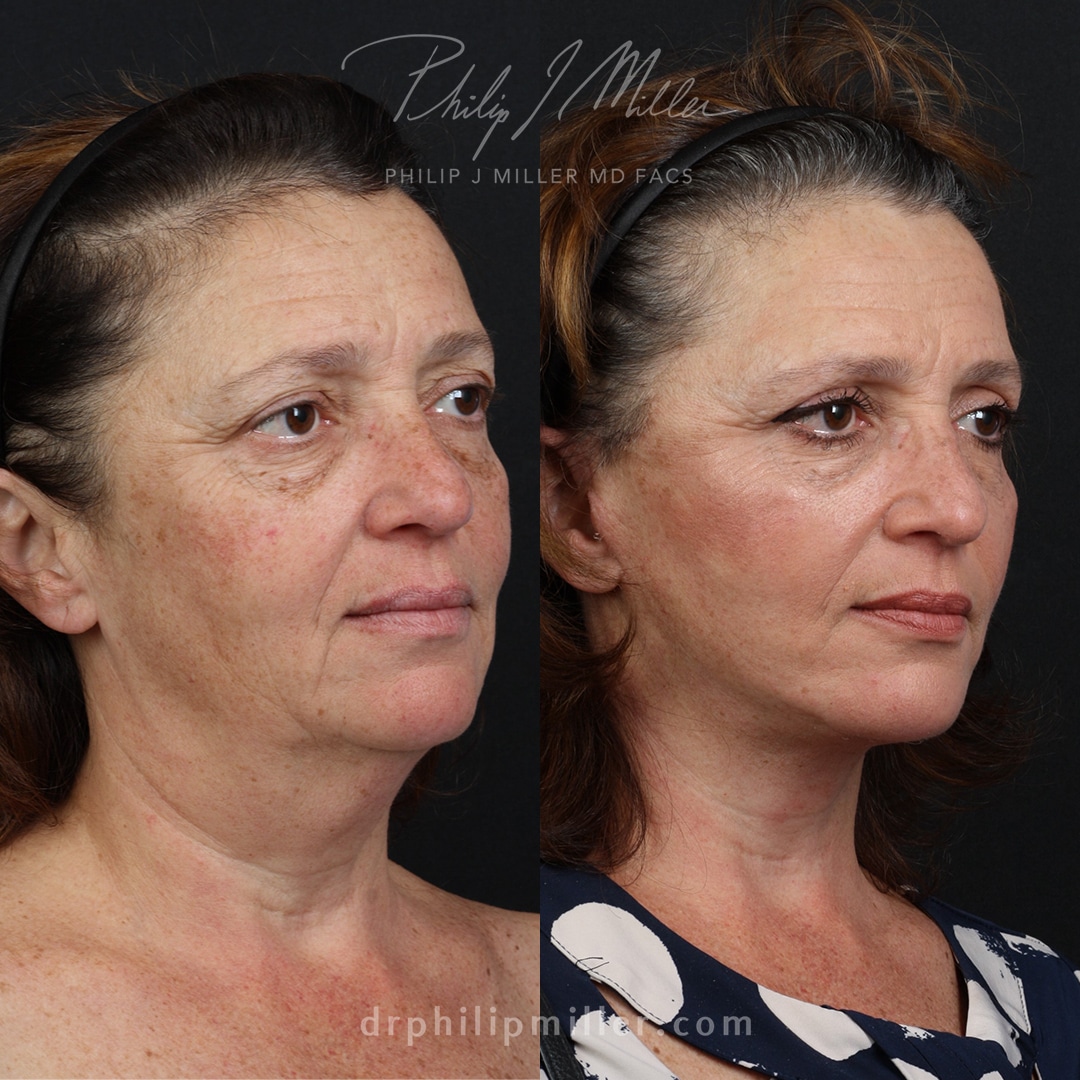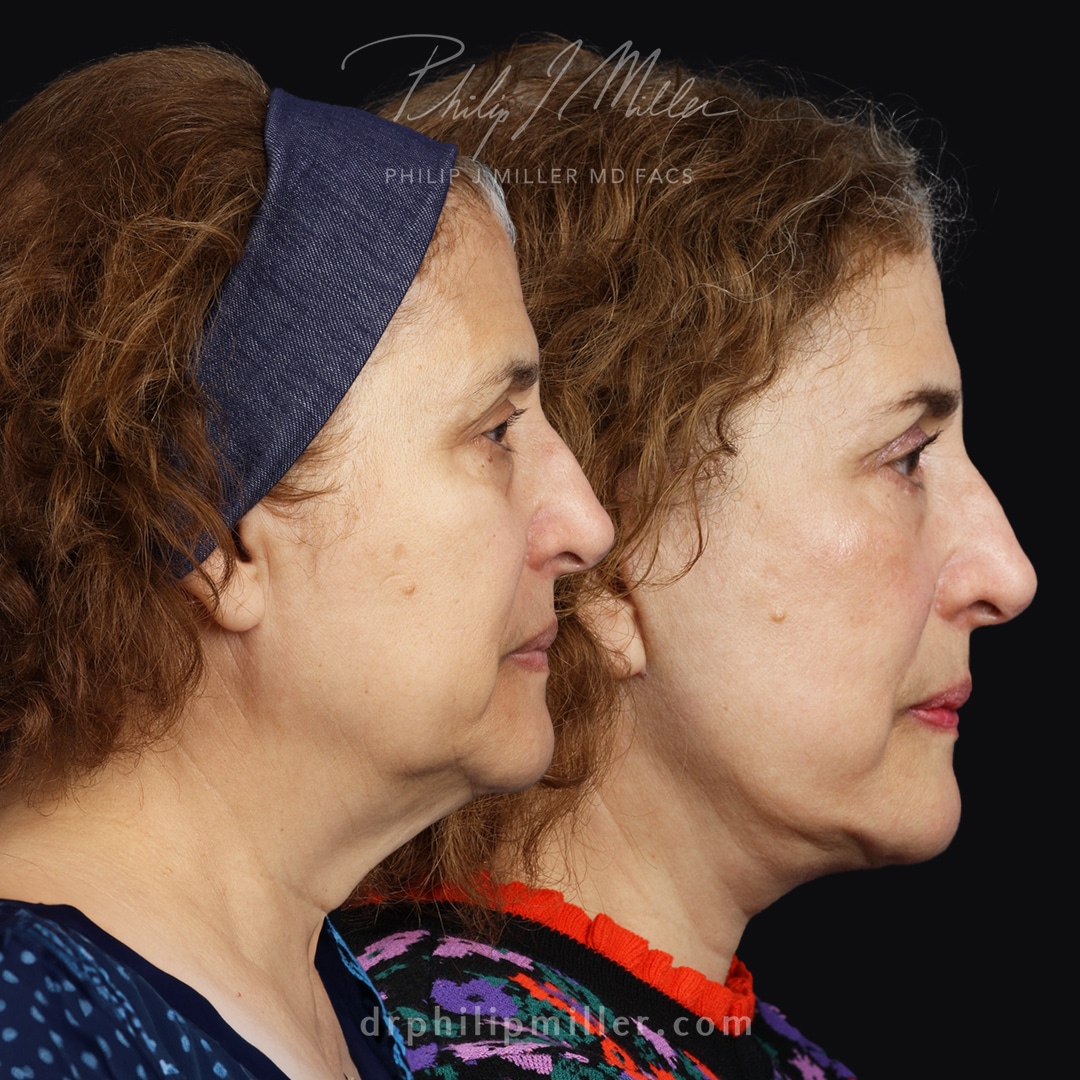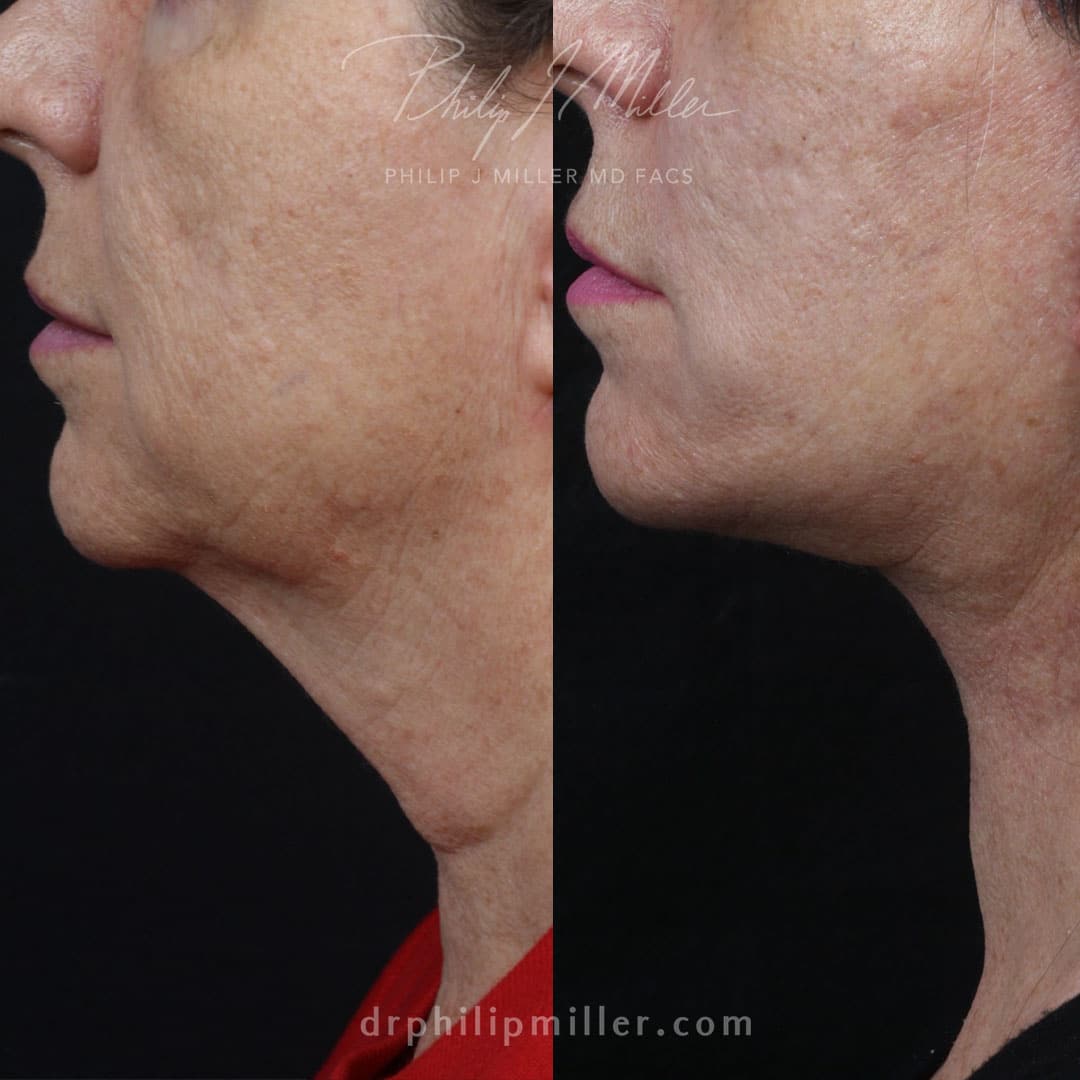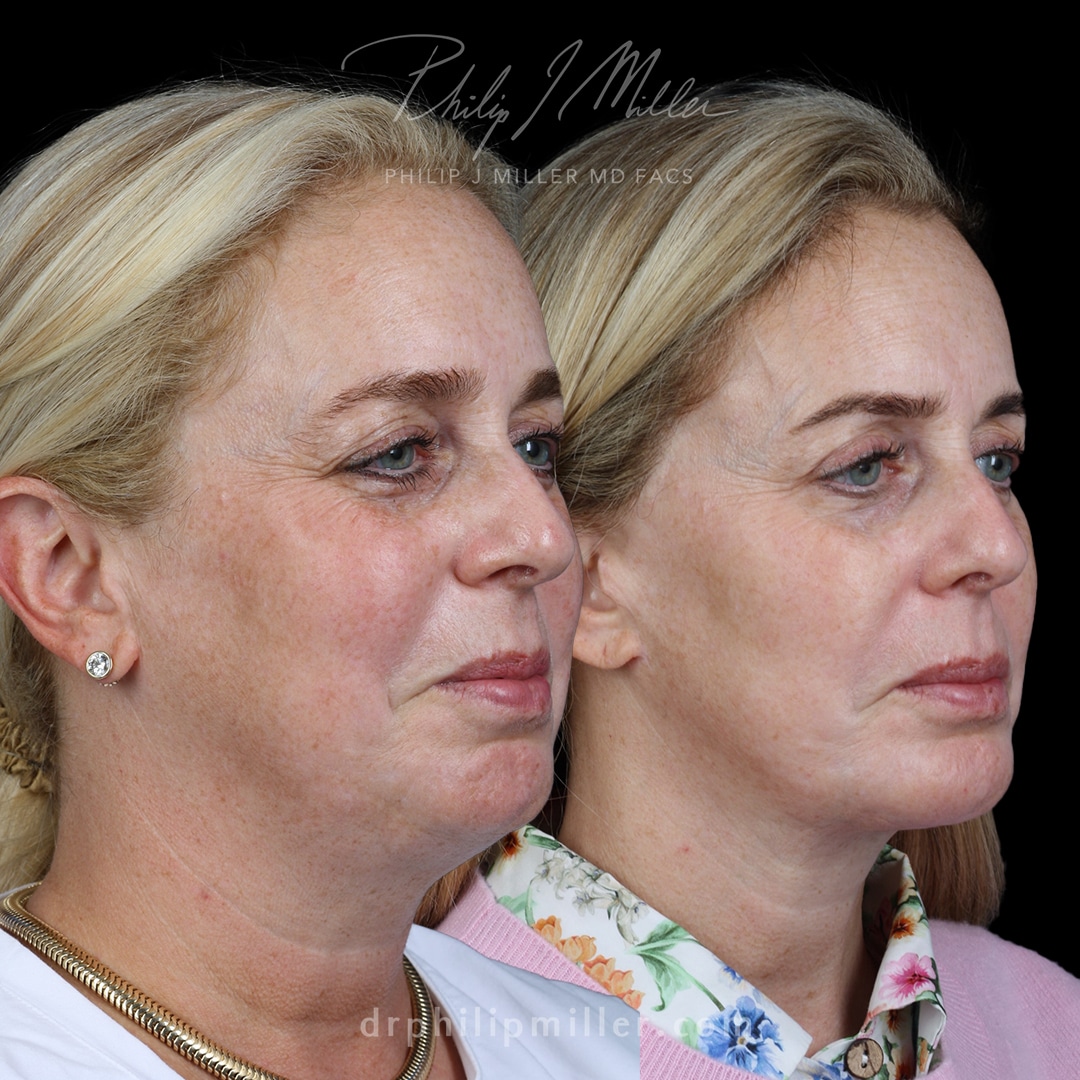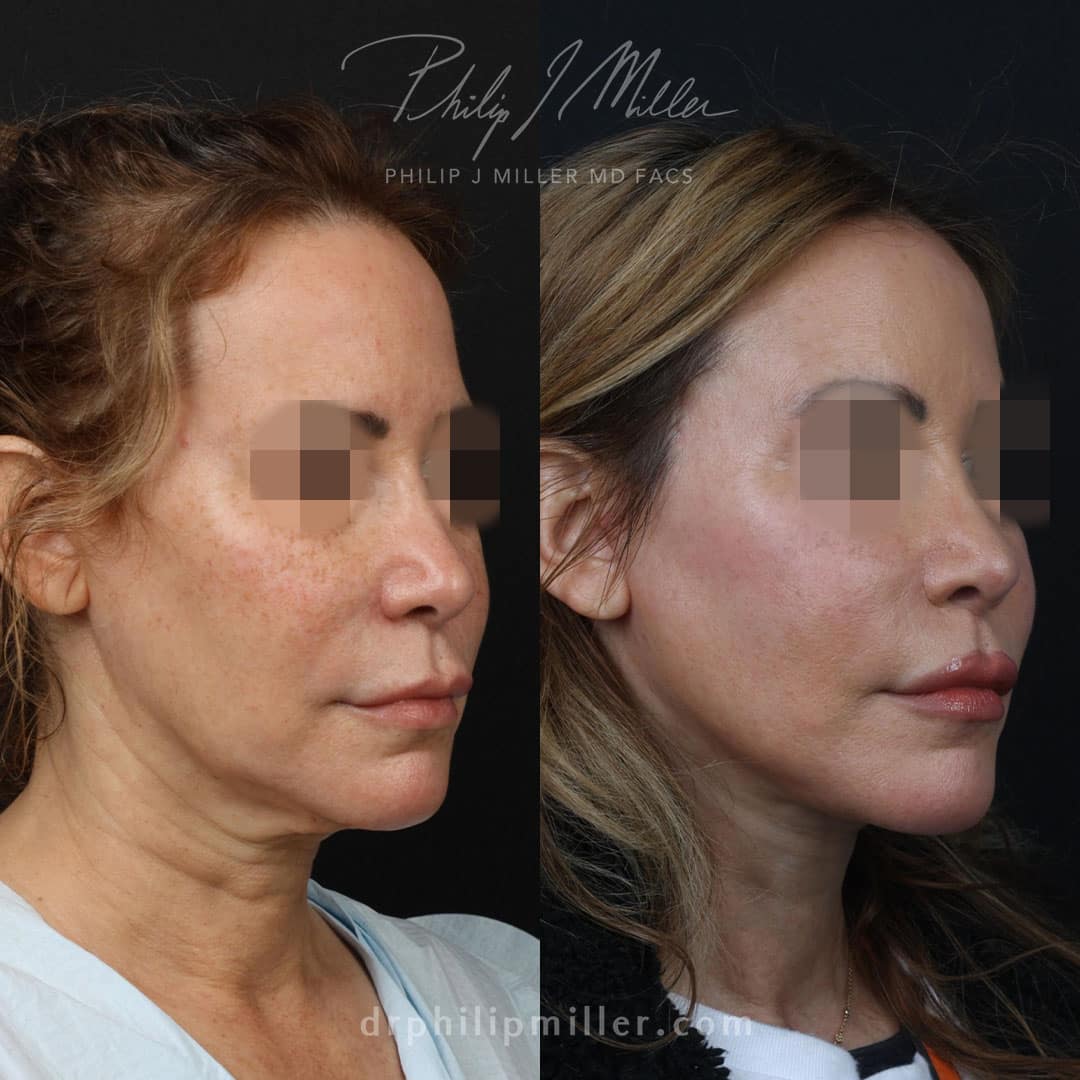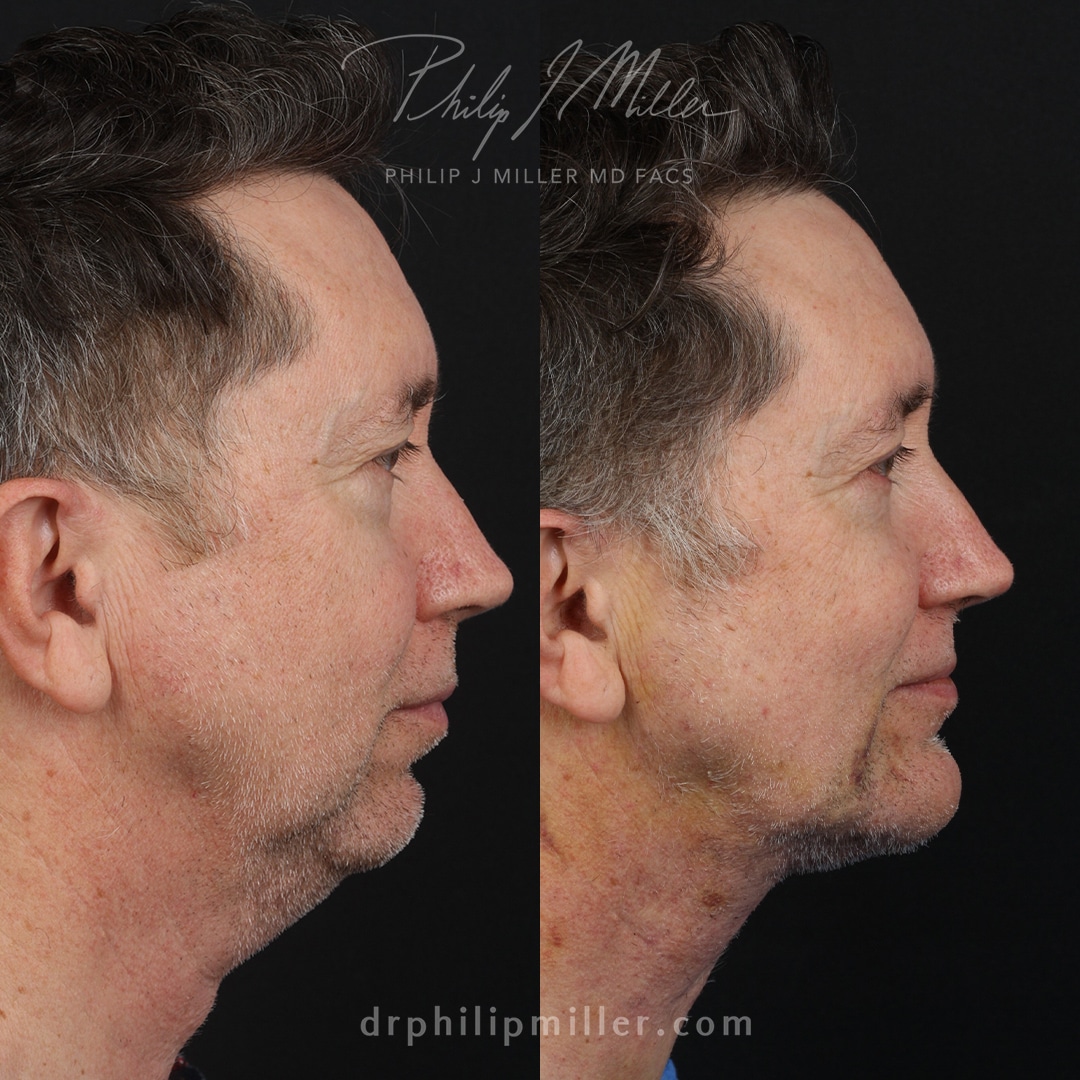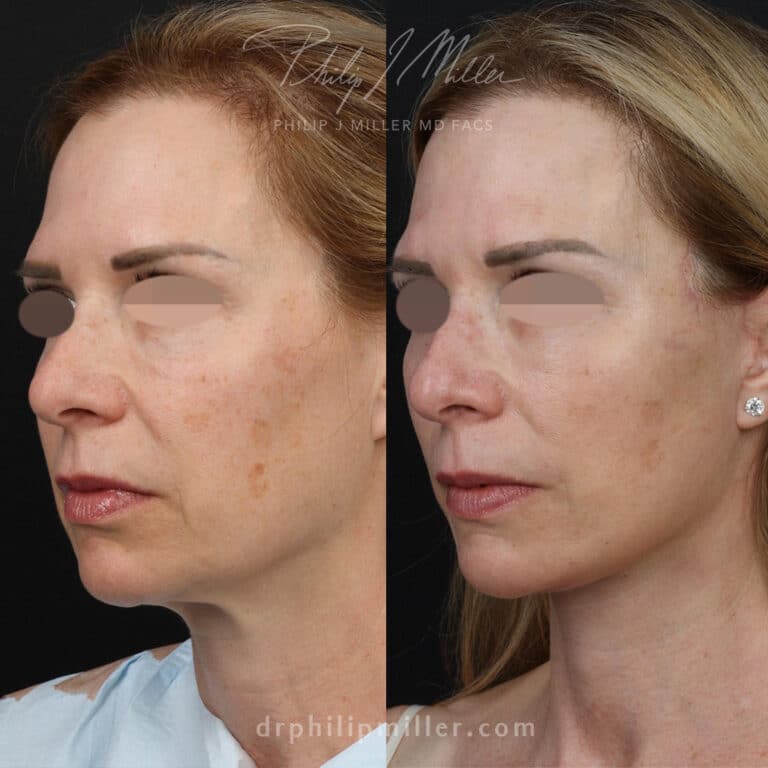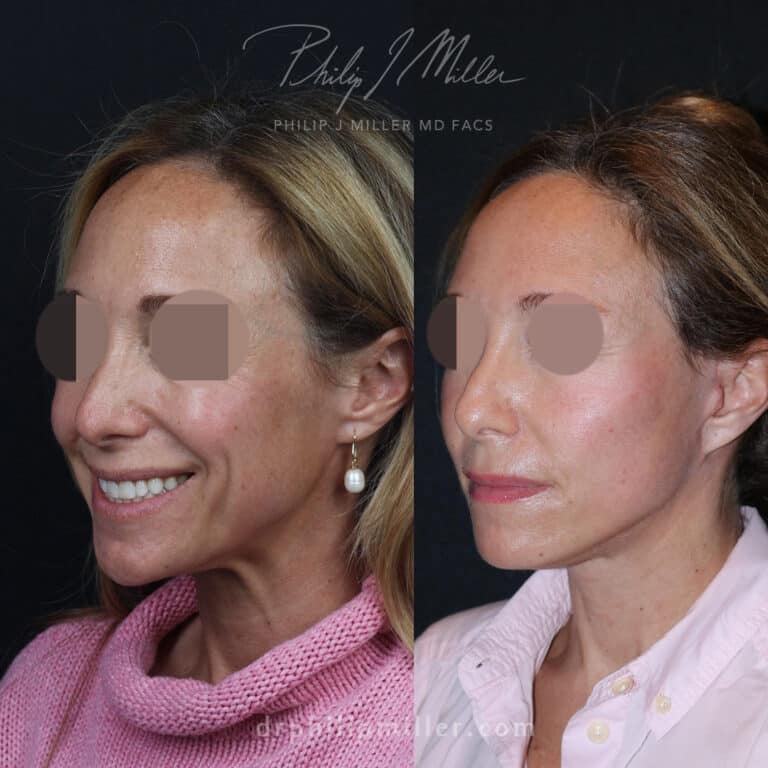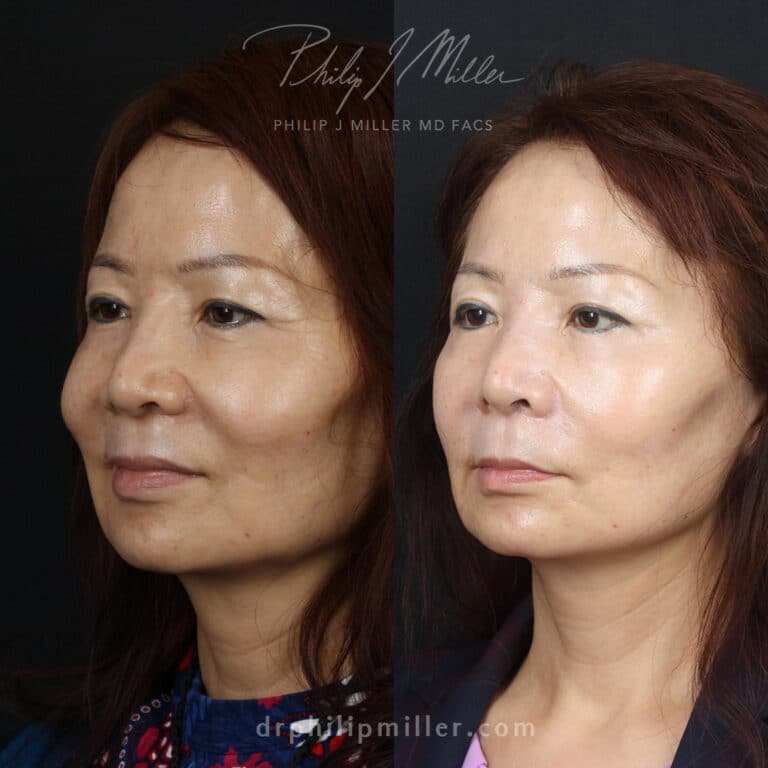Facelift in New York City
From a double board-certified facelift surgeon With 20+ years of experience
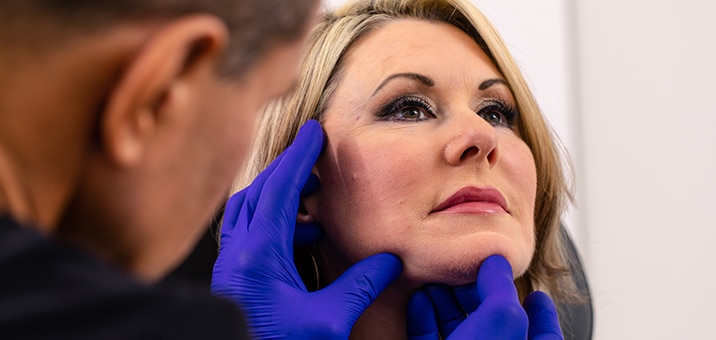

Before and After Photos of Real Facelift Patients
A facelift aims to improve visible signs of aging in the face and neck, providing a more youthful and rejuvenated appearance. Review before and after photos of real facelift patients and envision your own potential transformation.
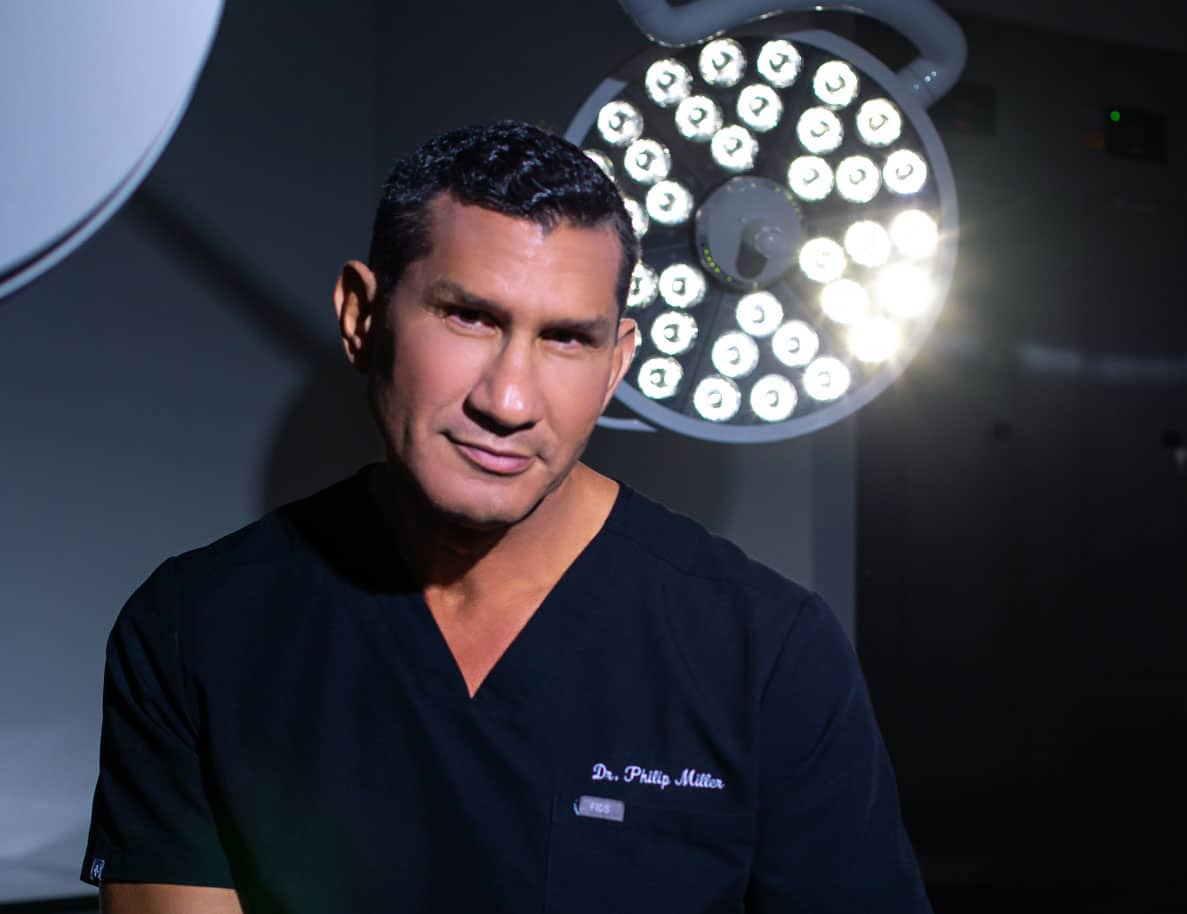
WHY CHOOSE DR. MILLER?
- Double board-certified plastic surgeon specializing in facelifts
- Focused on natural-looking results
- Over 20 years of experience
- Completed over 5,000 facelift surgeries for patients from New York
- Recognized by Best Doctors in America and Top Doctor of New York
- Surgical facility officially accredited by The Joint Commission
